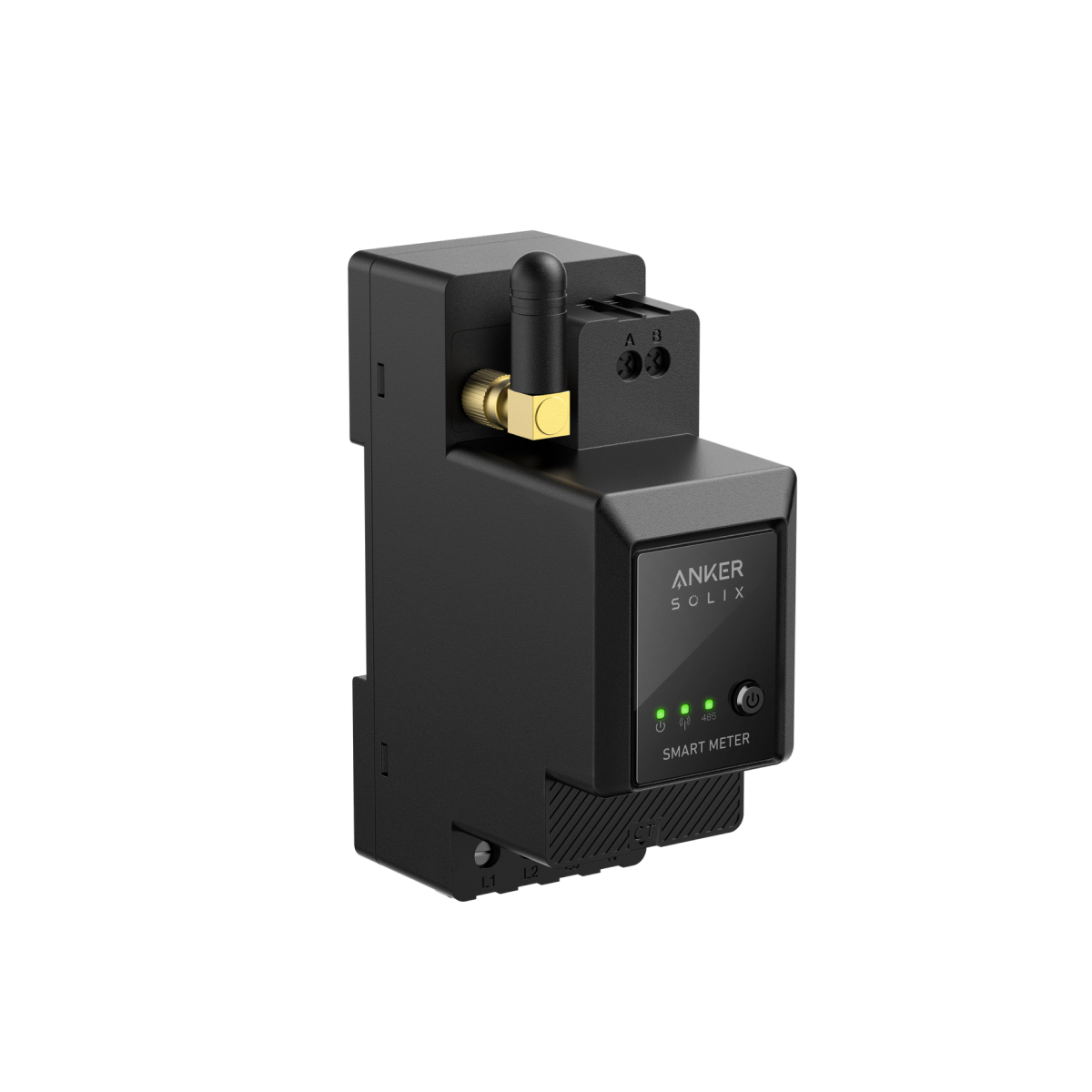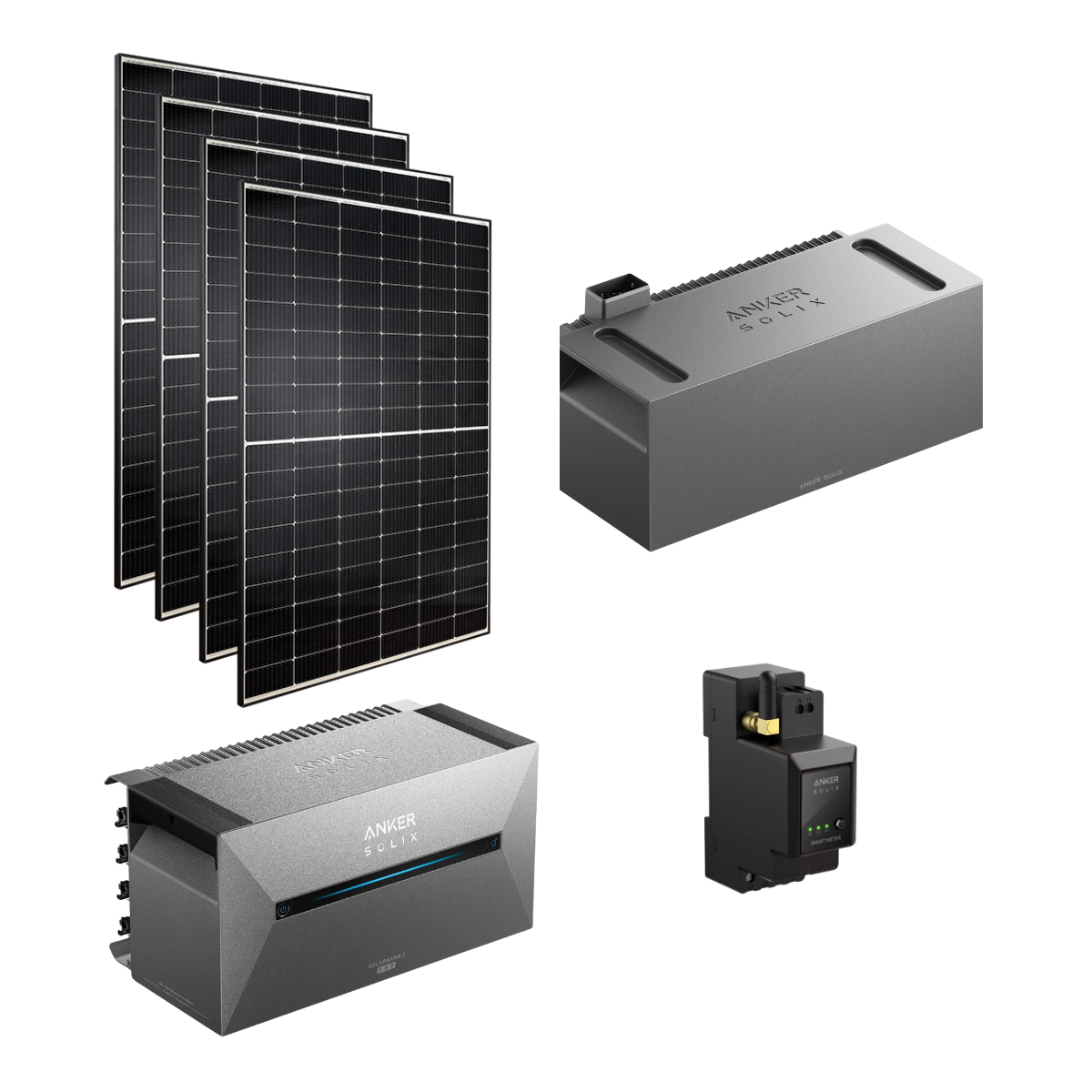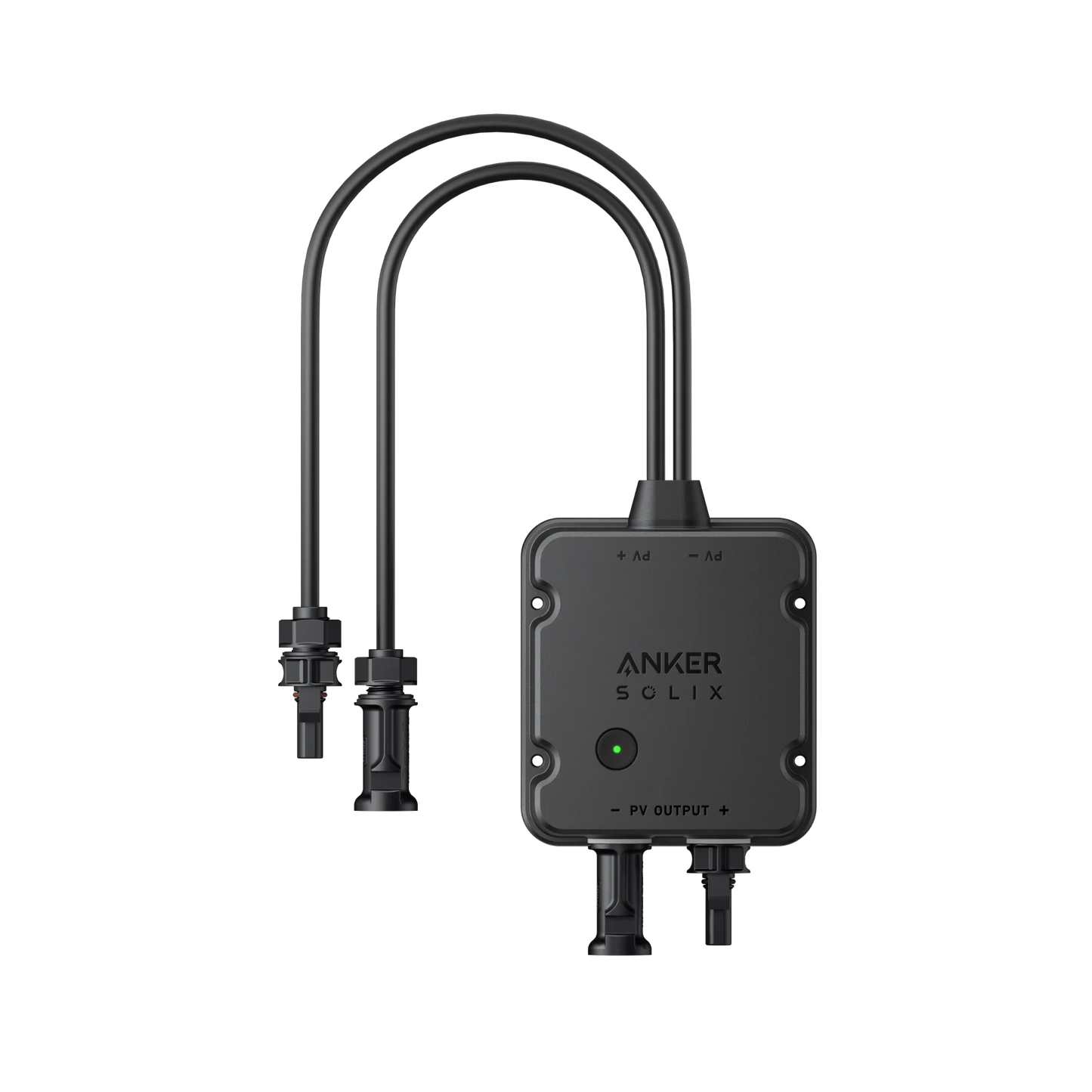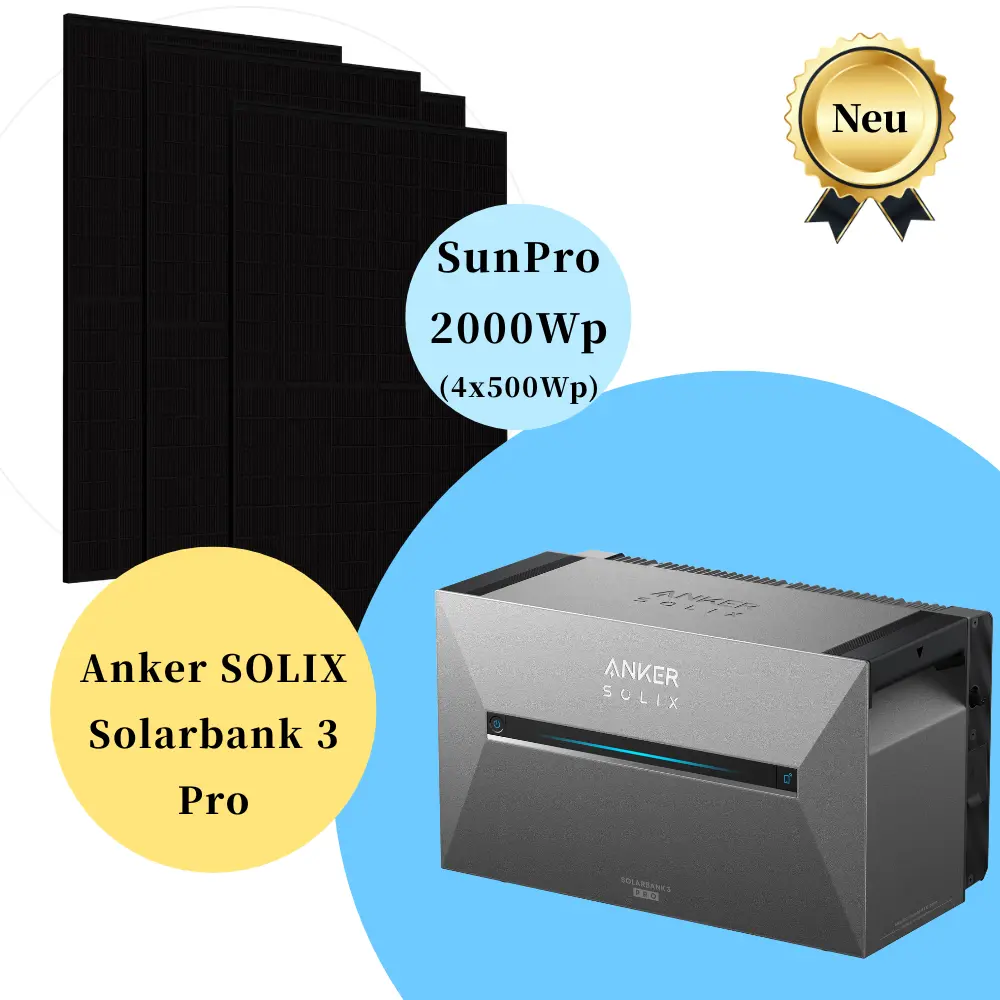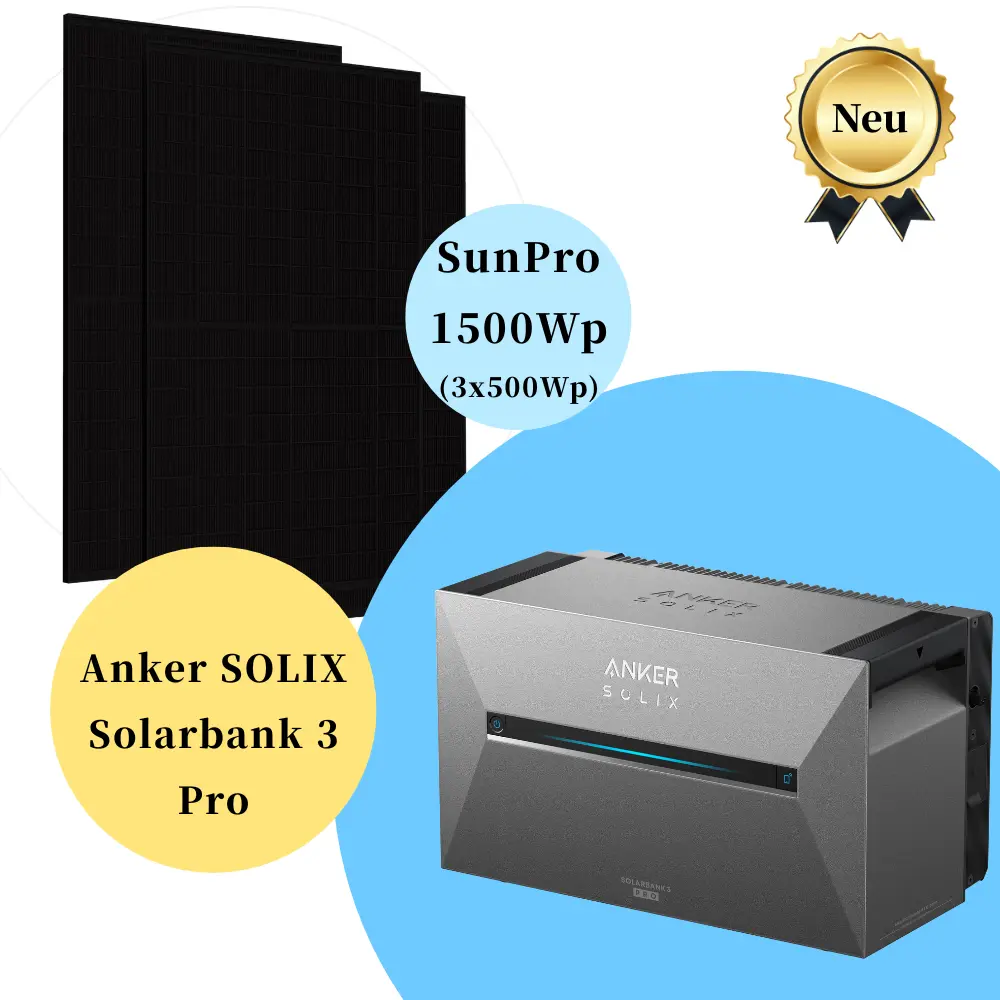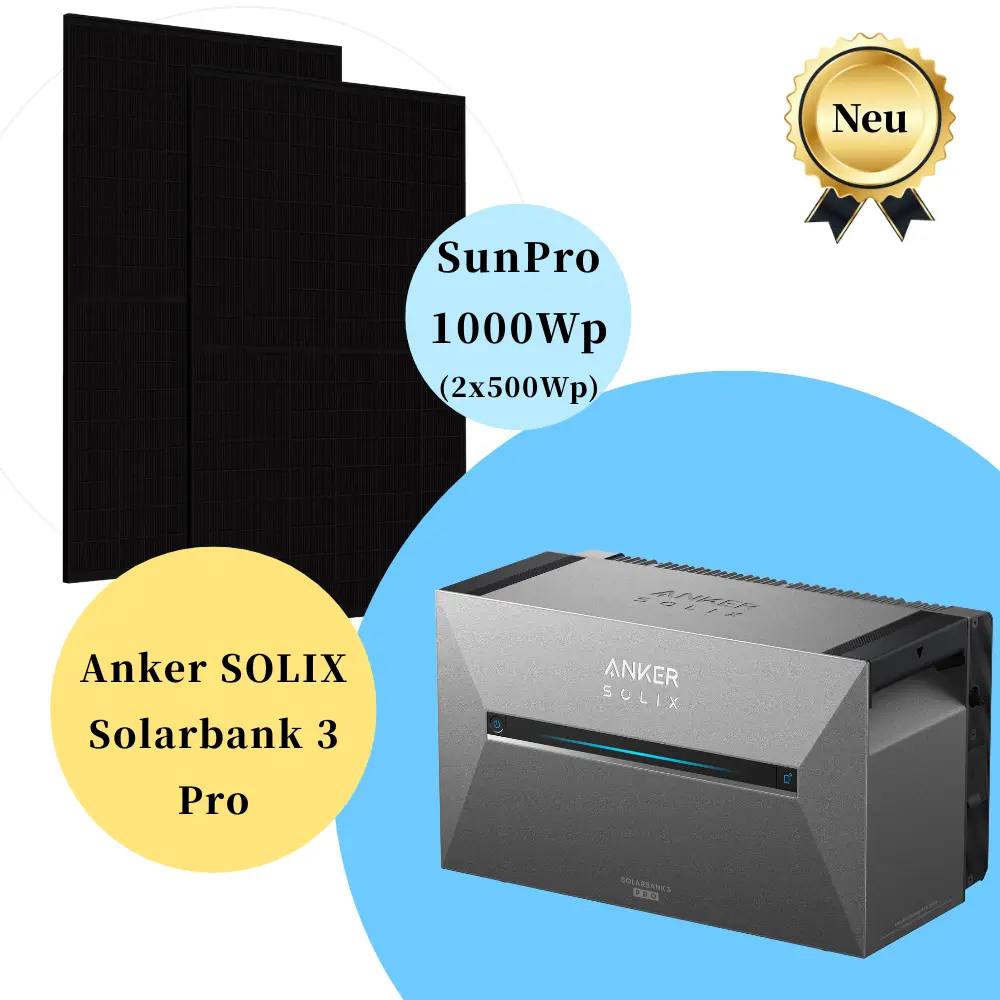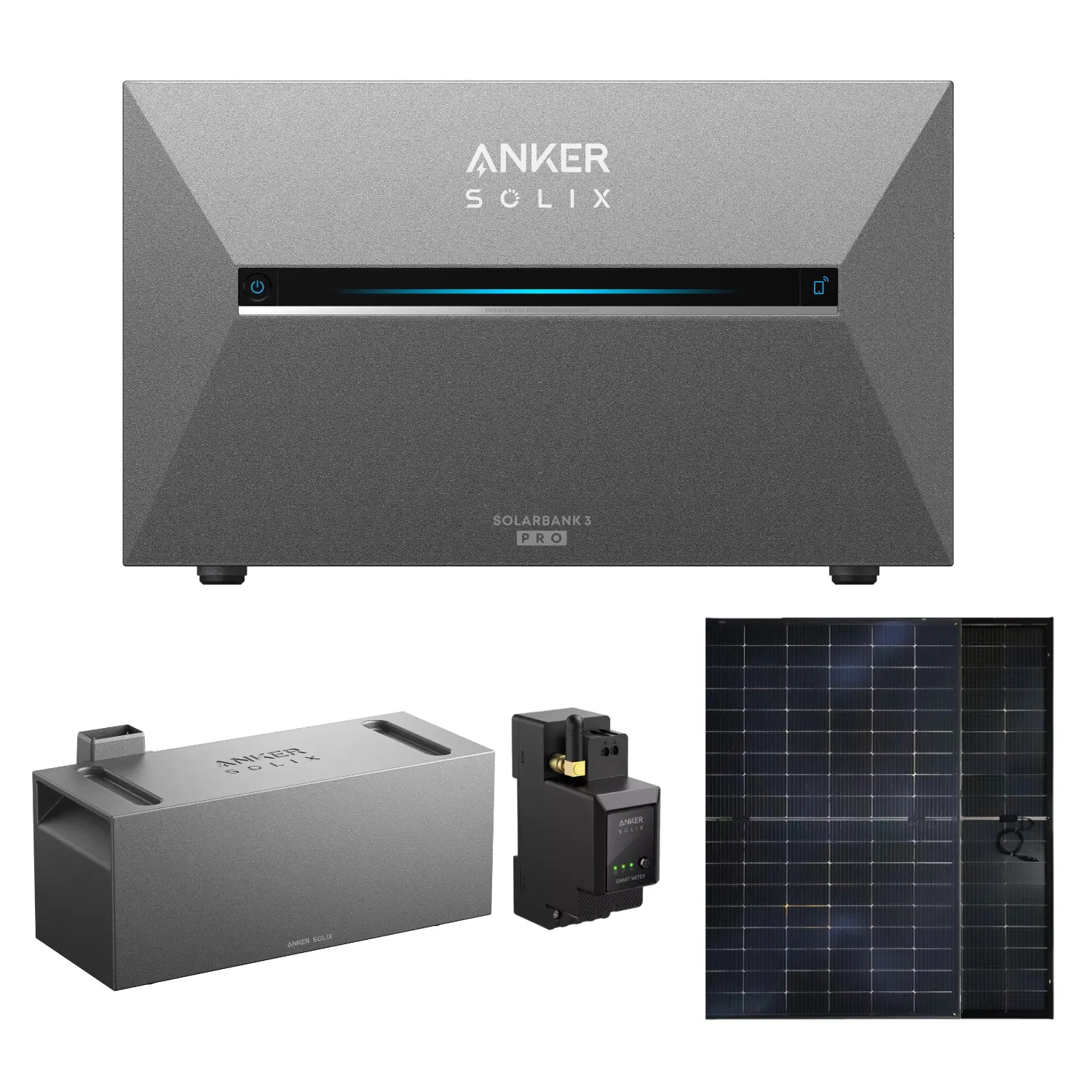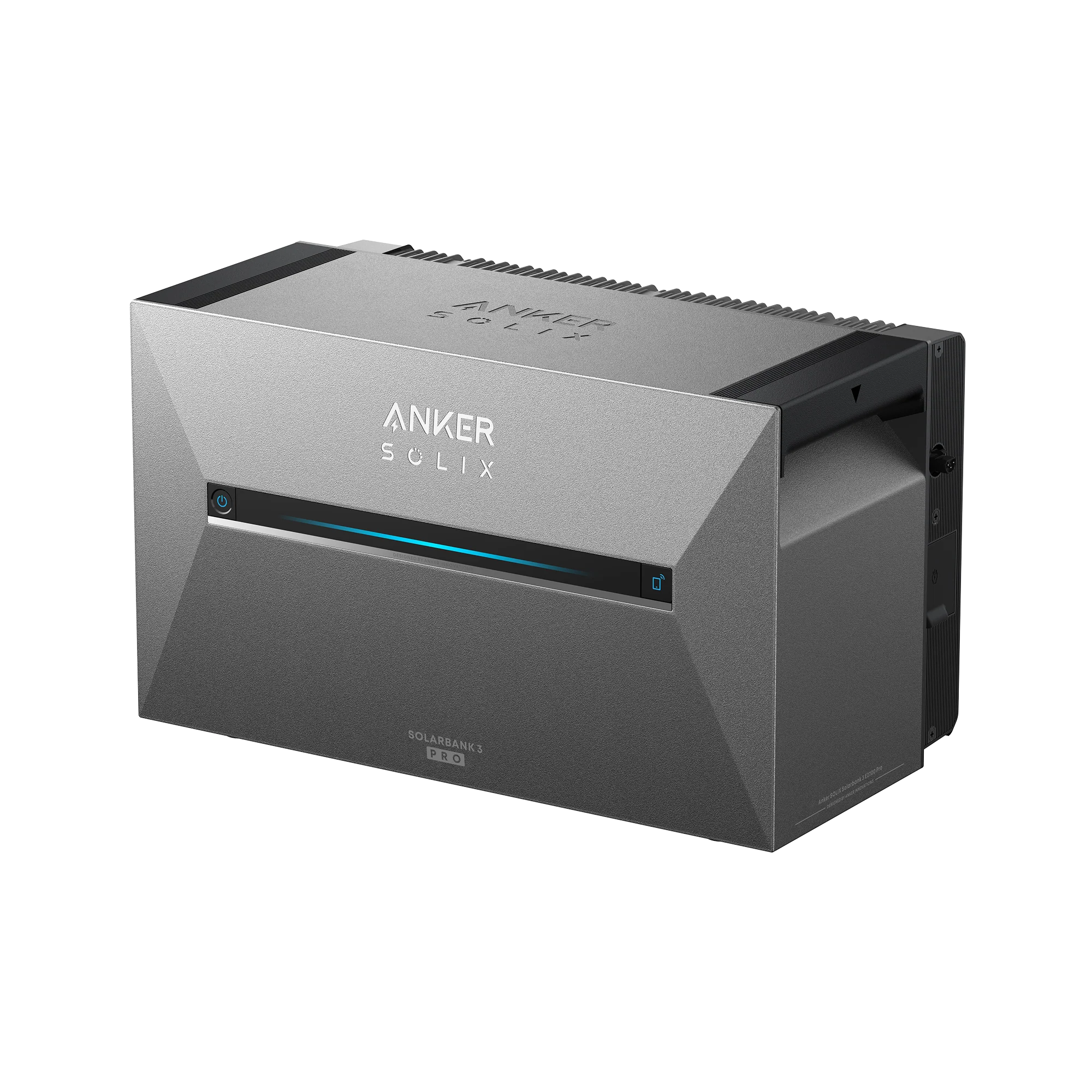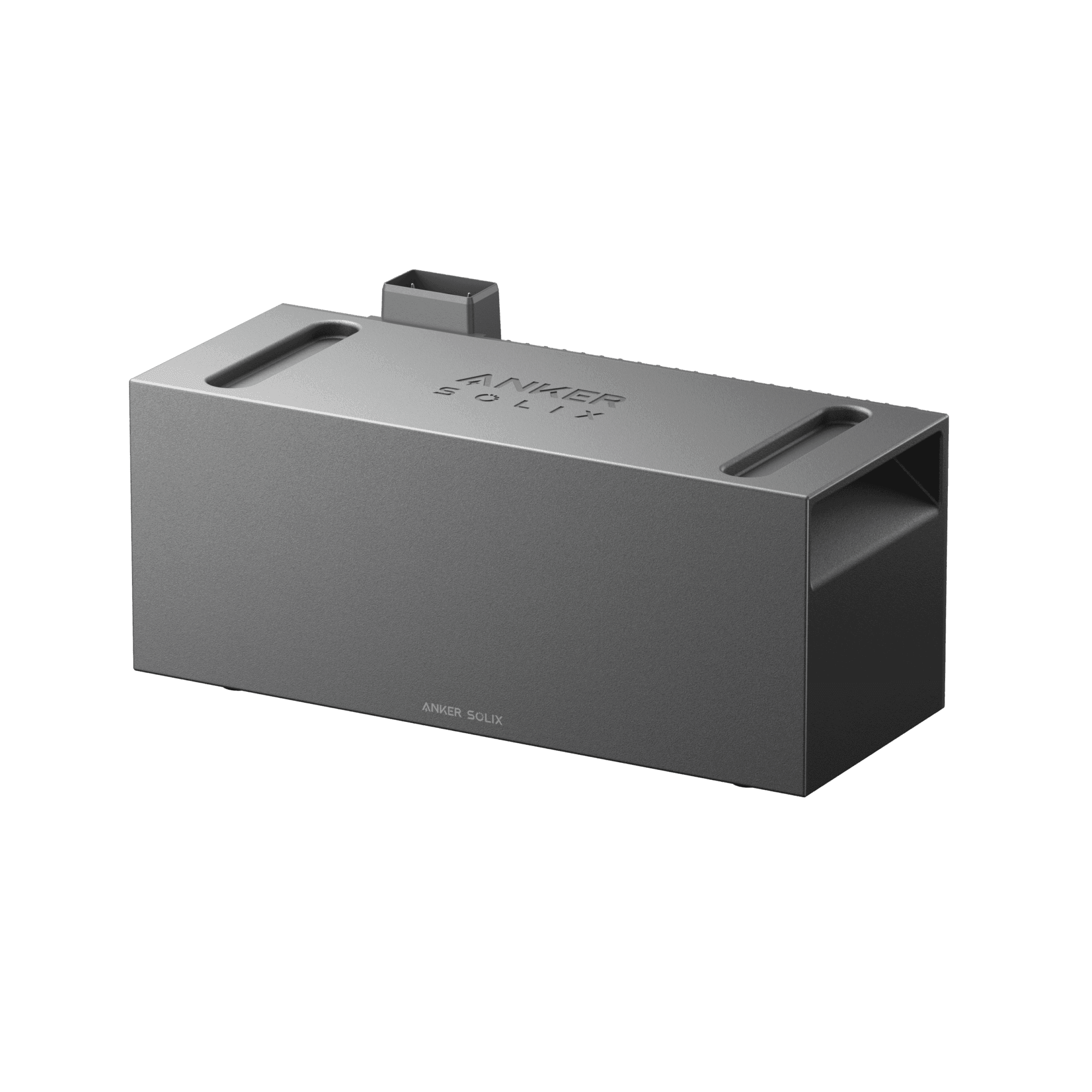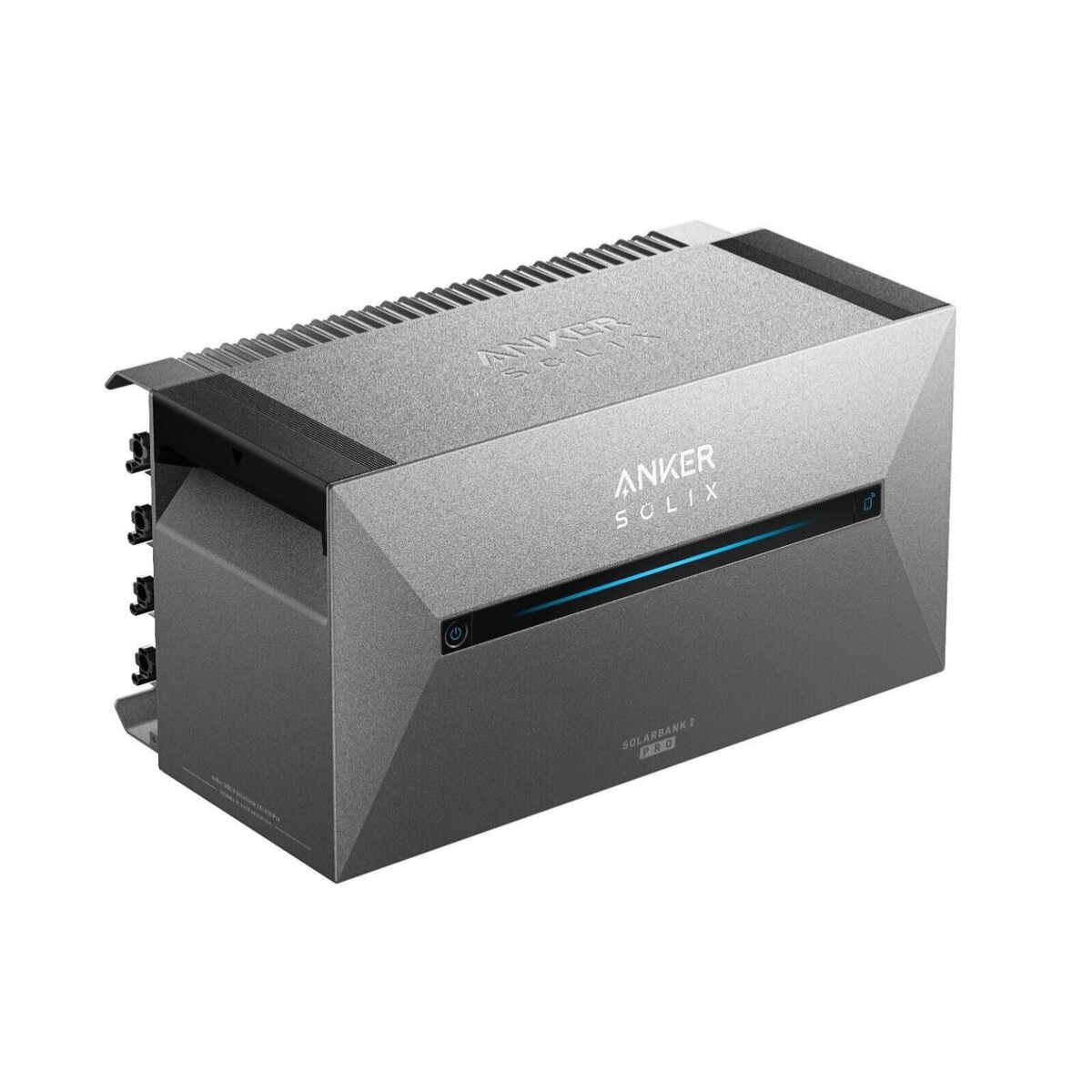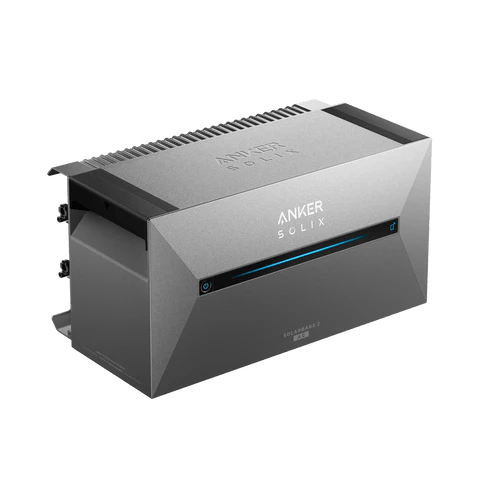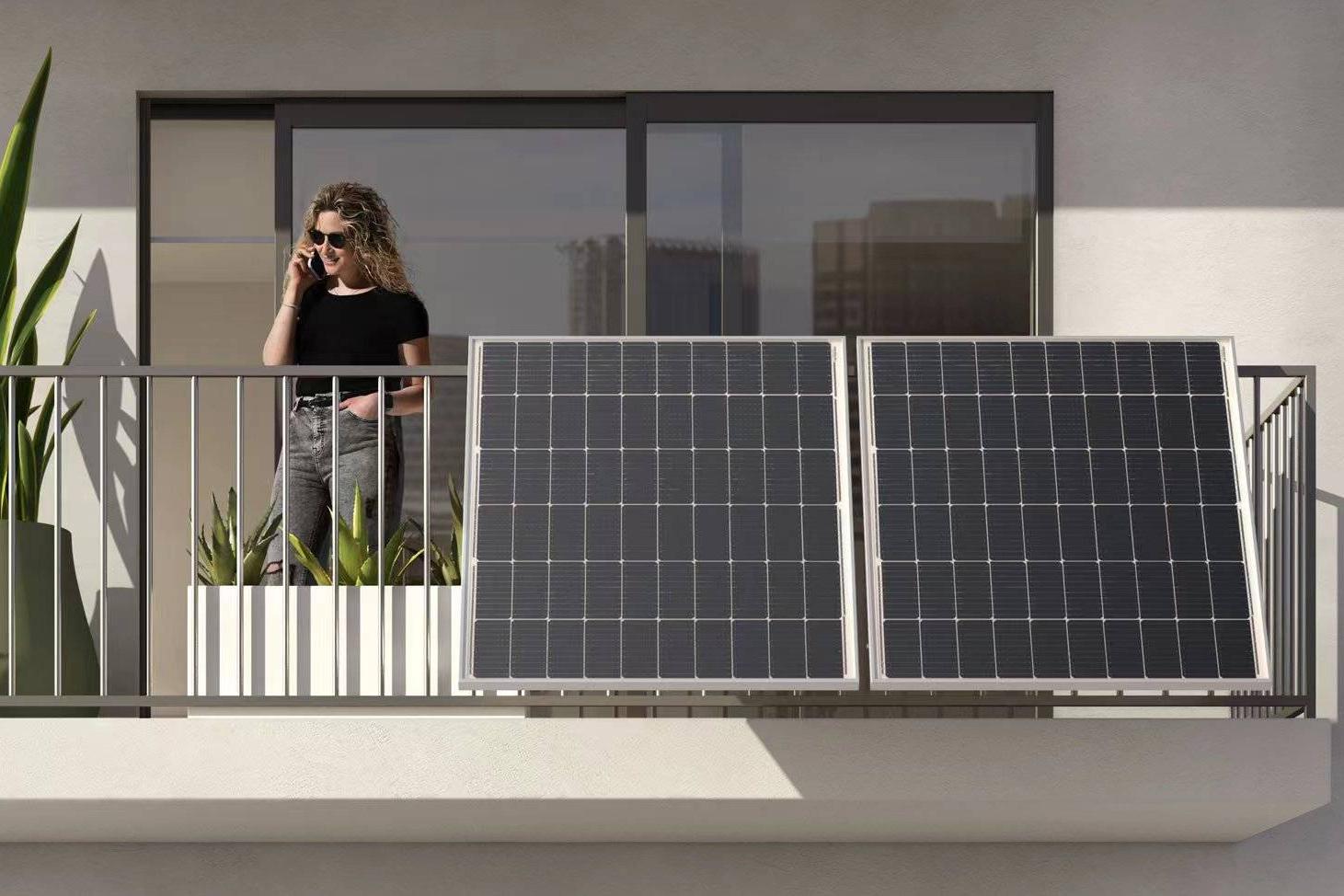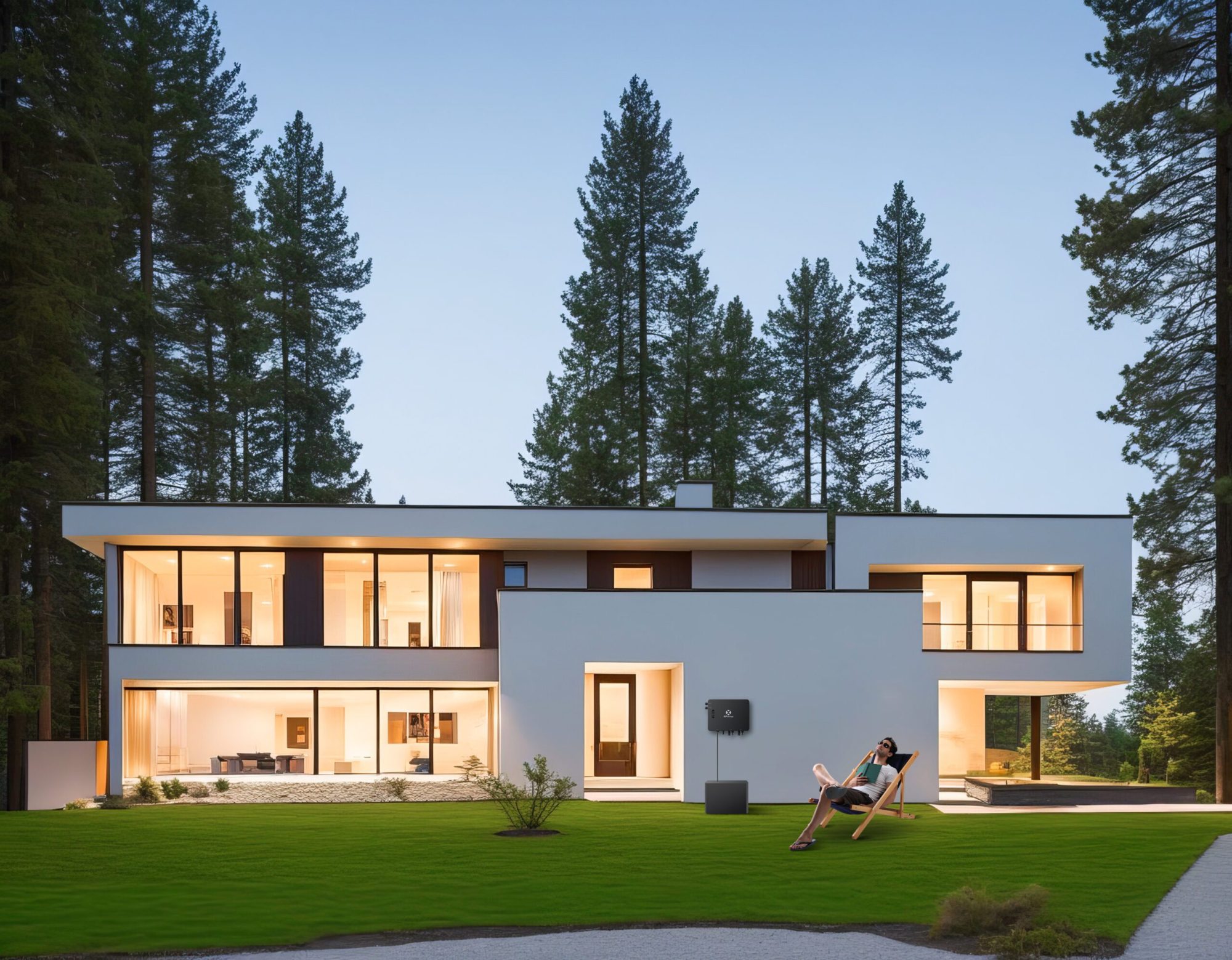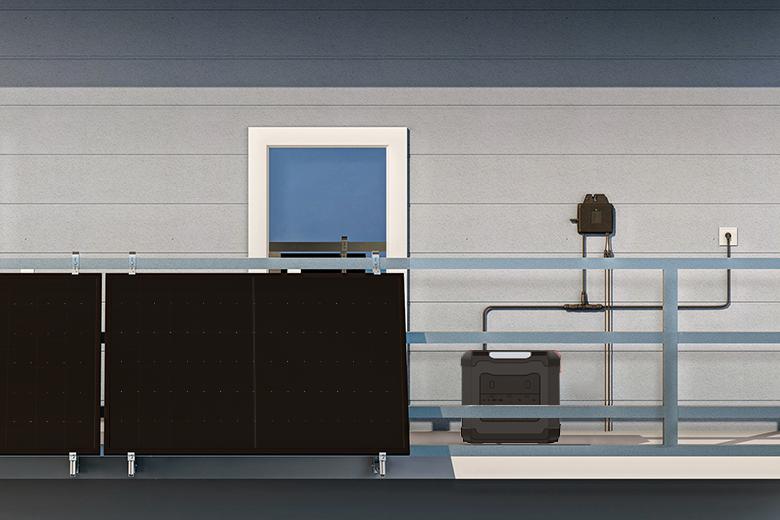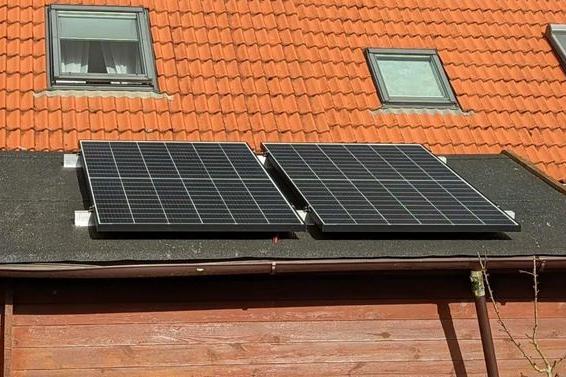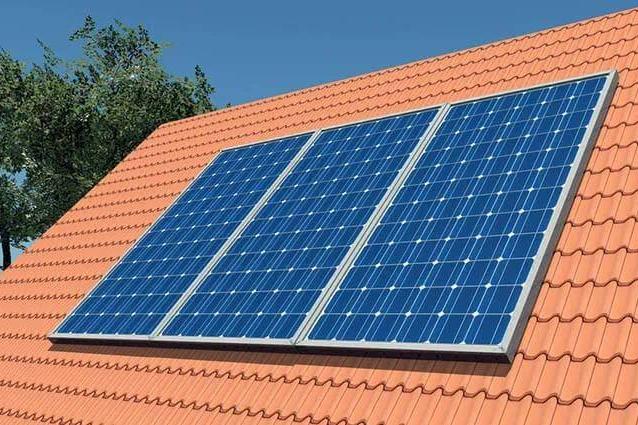Blog & News
How many modules are needed for a balcony power plant? Find the answer
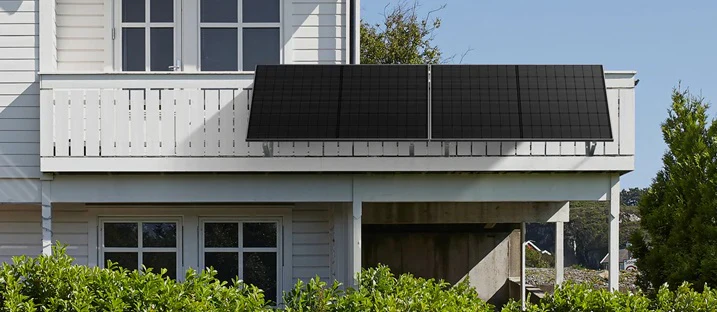
Have you ever thought about turning your balcony into an eco-friendly power station? Installing a balcony power station can help you produce your own energy, lower your electricity bill, and reduce your carbon footprint. But before you dive into the world of solar energy, you need to answer one big question: "balcony power plant how many modules?" In this article, we'll explain everything you need to know about choosing the right number of solar panels, taking into account your space, energy needs, and more.

Advantages of using balcony power plants
Before we know, How many modules can a balcony power plant have?, let's first take a look at the benefits it offers.
- Energy savings: By generating your own electricity, you can reduce your monthly energy costs. Even small systems can meet part of your household electricity needs, reducing your dependence on the power grid.
- Environmentally friendly: Solar energy is a renewable energy source that reduces carbon emissions and supports a sustainable future. With a balcony power plant, you are taking an active step towards cleaner energy consumption.
- Easy to install: Balcony solar panels are relatively easy to install and don't require complicated infrastructure. Most models come as plug-and-play systems, so you can get started with minimal setup effort.
- Scalable: You can easily scale your system by adding more modules as your energy needs increase or you become more familiar with solar energy.
- Affordable: Compared to larger rooftop systems, balcony power plants are more affordable and have a shorter payback period. Many countries also offer subsidies to make your solar investment even more budget-friendly.
How many solar panels do you need?
Several factors determine how many solar panels are needed for an efficient balcony power plant. You need to consider space, energy consumption, solar radiation, and local regulations. Let's delve deeper into these considerations to help you make an informed decision.
Available space on the balcony
The first and most obvious factor is the space you have on your balcony. Before purchasing solar panels, measure your balcony to determine how much space you have for installation.
- If you have a compact balcony, you may only have enough space for one or two solar panels. In this case, it's important to choose high-efficiency panels to maximize the energy you generate in the limited space.
- Larger balconies offer you more flexibility. You could install three or four panels, optimizing your energy production. As a general rule, if you have room for four solar panels, it's beneficial to use the space accordingly. With the increased feed-in limit of 800 watts, maximizing your installation can lead to greater savings and efficiency.
Power requirement
Your energy consumption plays a crucial role in determining how many modules you need. Ask yourself: How much of your electricity consumption do you want to cover with your balcony power station? A good starting point is to check your electricity bill to determine your average monthly consumption.
- If you mainly want to power small devices, lights or chargers, one or two solar panels may be sufficient.
- If you are aiming for a system with a feed-in potential of 800 watts (legalization is expected in 2024), you will need at least two modules.
- If you want to cover a larger part of your electricity consumption, such as kitchen appliances or heaters, you will need more modules to meet this demand.
Orientation and sunlight
Your solar panels are only as good as the sunlight they can capture. The direction and angle at which you position the panels significantly impact their performance. Ideally, your balcony should face south (in the Northern Hemisphere) or north (in the Southern Hemisphere) to receive the most sunlight.
- South-facing balconies: If your balcony is exposed to the sun for most of the day, you can get by with fewer solar panels and still generate a decent amount of energy.
- East- or west-facing balconies: You may need more panels to compensate for the lower solar radiation, as the sun only reaches your balcony during part of the day.
- Shaded areas: If your balcony is located in a shaded area or is blocked by buildings, trees, or other structures, this can reduce the efficiency of your system. In these cases, it is important to consider shading when calculating the number of modules required.
Local regulations and permits
Before you begin installing your solar panels, you'll need to check local regulations and permits. Many areas have restrictions on the number of solar panels you can install on a balcony power station due to safety and energy production limits. Some municipalities require permits for solar systems, even for small balcony systems. Be sure to check with your local building authorities or utility companies to understand the regulations in your area.

Performance and savings analysis with different solar module configurations
Now that you know how to determine the number of modules you need, let's examine the performance and potential savings with different module configurations. Balcony power plant 4 small modules Well, let's compare double, triple, and quad module configurations to give you an idea of what to expect.
Double solar module configuration
Before we say whether a Balcony power plant with 4 modules useful Whether or not it's a good idea, let's first consider a power plant with two modules. Here's what you can expect from a two-panel configuration:
- Annual energy production: A dual system can produce up to 612 kWh of solar energy per year, making a significant contribution to your household energy needs.
- Cost savings: By effectively utilizing this generated electricity, you can save around €226 annually in electricity costs. With these savings, your investment in a dual solar system can pay for itself within two to three years.
- Impact of rising costs: With electricity prices likely to rise in the coming years, the financial benefits of your dual system will only increase. Higher electricity costs combined with effective solar production can accelerate your return on investment.
- Environmental contribution: Using solar energy not only saves money but also supports ecological sustainability. By using solar energy, you play an important role in the energy transition and contribute to reducing your carbon footprint.
- Consider expanding: If space permits, consider upgrading to a Trio or Quattro solar panel system. Adding another panel can significantly increase your power generation, maximize the benefits of the new 800-watt feed-in tariff, and further increase your savings.
Triple solar module configuration
Choosing a balcony power station with three solar panels significantly increases your power generation and increases your independence from the grid. This configuration can cover a significant portion of the energy needs of a rental apartment or small household, resulting in further savings on your electricity bills. Here's what you can expect from a triple solar panel configuration:
- Increased energy production: A triple configuration can generate up to 900 kWh of electricity per year, making it an effective choice for meeting your household's energy needs.
- Cost savings: With an average annual savings of around €330, this configuration allows you to recoup your initial investment in just 2-3 years.
- Long-term financial benefits: The additional investment in a third module will pay off over time, providing higher returns as your savings accumulate.
Construction of quad solar modules
With quad solar modules in your balcony power station, you'll achieve the highest possible energy yield. This configuration fully utilizes the new 800-watt limit and offers sufficient power to meet the energy needs of small to medium-sized households.
- Maximized energy production: With Quad modules, you can generate up to 1,200 kWh of solar energy annually. This equates to a potential savings of approximately €440 on your electricity bill, making it a financially sound choice.
- Fast amortization: The payback period for a four-unit configuration is typically about two years. After this time, you can enjoy significant savings as a "profit," especially given the expected rise in electricity prices.
- Improved energy independence: A balcony power plant with quad modules significantly increases your self-sufficiency and reduces your dependence on the public power grid. The integration of a battery storage system enables even greater independence and more efficient use of the generated energy.
Choose the right mini solar system for your balcony
When considering the right mini solar system for your balcony, you'll need to evaluate different configurations based on your household's energy needs. For those seeking a compact and effective solution, the Anker Mini solar system for balcony an optimal combination of efficiency and comfort.
Equipped with 800W microinverters and IBC bifacial modules with a PV efficiency of 25%, this system generates up to 30% more energy than standard modules. Its durable IP68-rated solar panels ensure resistance to harsh weather, while the plug-and-play installation is perfect for balconies. This configuration offers an easy path to the 800W limit, maximizing both energy production and savings for urban and rental properties.

Conclusion
In summary, the question of "how many panels" you need for a balcony power plant depends entirely on your available space, your energy needs, the amount of sunlight, and local regulations. A two-panel setup is ideal for those with lower energy needs and limited space, while three- or four-panel setups are perfect for larger households looking to maximize their savings. In short, a well-planned balcony power plant can be a game-changer.
FAQs
How much module power does a balcony power plant have?
A standard balcony power system typically consists of one or two photovoltaic modules, generating a total output of approximately 700 to 850 watts. These modules are equipped with a compact microinverter mounted on the back, which improves their efficiency and energy conversion capacity.
How much electricity can a balcony power plant with 2 modules generate?
A balcony power station with two modules can generate up to 800 watts starting January 1, 2024. While the previous limit was 600 watts, the new regulations allow for higher power output. These systems are typically connected directly to your home's electrical circuit by plugging into a standard electrical outlet, making them practical for residential use.
Are balcony power plants with 4 modules permitted?
Yes, balcony power plants with four modules are permitted, especially with the updated regulation that increased the feed-in limit to 800 watts as of January 1, 2024. This configuration allows for higher power generation and is therefore suitable for supplying significant electricity to small to medium-sized households.
Can you connect 4 modules to one inverter?
Yes, it is possible to connect four solar panels to a single inverter, but this depends on several factors. Key considerations include the inverter's maximum DC voltage and power capacity, the total wattage of the panels, and the connection type (series or parallel).

